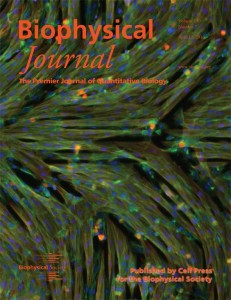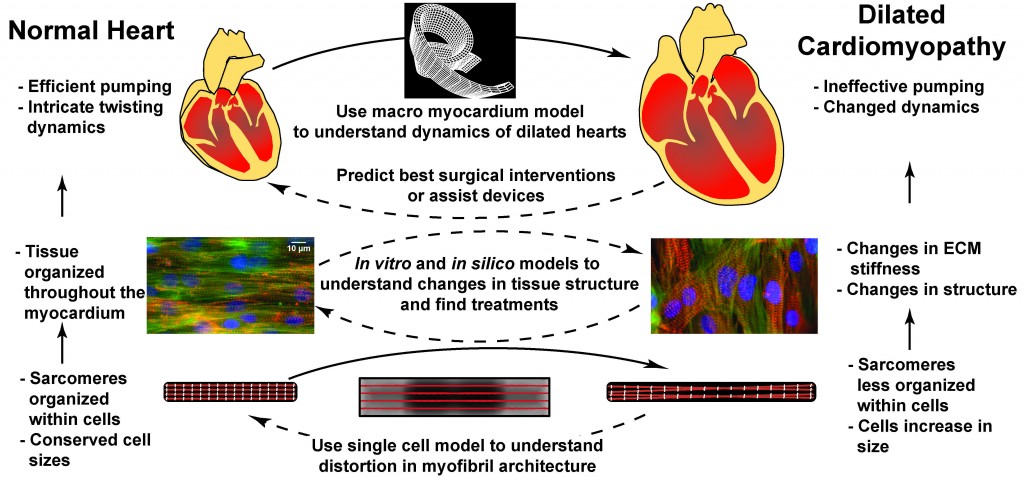1) (a) COVID-19 hypoxia and cytokine storm and (b) obstructive sleep apnea intermittent hypoxia effects on Cardiac Function and Structure Projects
— Goal: Understand the effect of different stimuli present in diseases on cardiac structure and function
— Impact: A deeper understanding of how these diseases affect cardiac structure and function will provide a better platform for evaluating patient risk and to test possible therapeutics
2) Skeletal Muscle project
— Goal: Investigate the effect of a genetic mutation or other diseases on skeletal muscle function and structure
— Impact: Establishing a the utilization of all the current CML tools with an application to skeletal muscle.
3) Structure Function project
— Goal: Establish (experimentally and through models) the relationship between global architecture of cardiac tissues and contractility
— Impact: Understanding the consequences of changes in architecture during heart disease and a way to better understand and characterize deficiencies in stem-cell derived cardiac tissues
4) Metrics project
— Goal: Establish metrics to characterise cardiac tissue architecture
— Impact: These metrics will allow us to quantitatively analyze cardiac tissues which are influenced by various experimental conditions
5) Modeling project (structure)
— Goal: Establish a whole cardiac tissue self-assembly model
— Impact: Such modeling will lead to better understanding of the experimental results in the above projects
6) Modeling project (function) – quantitative portion of project (3)
— Goal: Establish a model of cardiac contractility as a function of architecture
— Impact: This will lead to a better and fuller understanding of cardiac tissue function
7) Gene mutation leading to heart disease projects
— Goal: Correlate functional and structural properties to genetic variations of cardiomyocytes specific to patients who have genetic mutations known to lead to heart disease
— Impact: Understanding of structural and functional underpinnings of diseases such as cardiomyopathies, and identification of genes
— Current sub-projects: (1) Explore how non-cardiac cells can be used to predict on-set of heart disease; (2) Establish a patient-specific cell source that is appropriate to use with pediatric patients.
Building synergy between in vitro and in silico models

